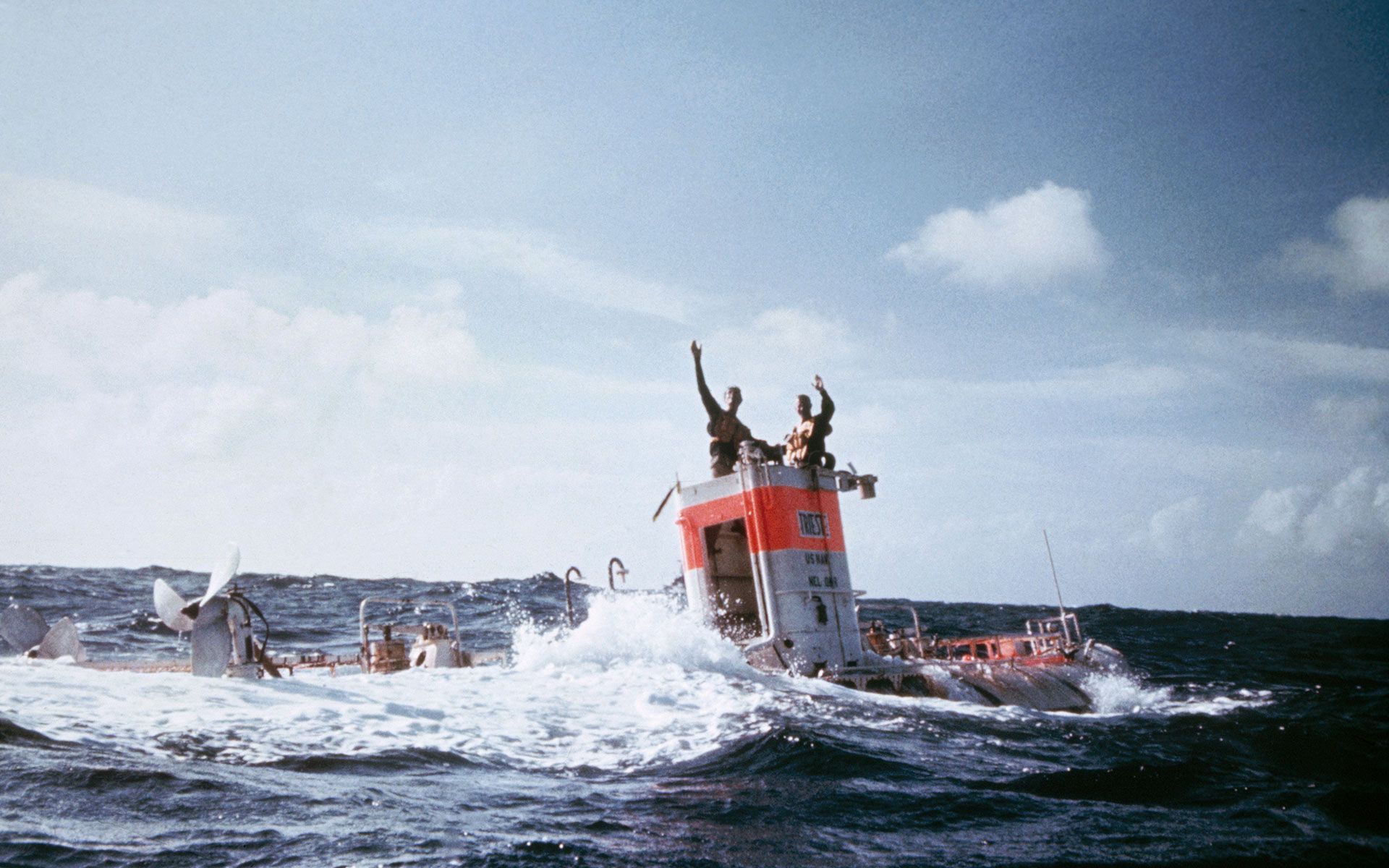Over the past century, pioneering explorers have made headways in venturing to the most extreme places on Earth in the name of science and discovery, and Rolex was right there by their side
As the tallest point on Earth at 29,035 feet above sea level, scaling Mount Everest would be on the bucket list of every hardcore climber. During a small window of favourable conditions, usually in spring, it draws more than 500 climbers attempting to scale the summit. But think back to how it was more than 50 years ago, when passes to the treacherous mountain were relatively undiscovered, and the stakes for attempting to be the first to make the summit were at an all-time high.
The first record of such an attempt was in 1921 and since then Everest has repelled at least 10 major expeditions and two solo attempts. Finally on May 29, 1953, Edmund Hillary and Tenzing Norgay made history as the first men to reach Everest’s summit. The pair was part of the British exhibition led by John Hunt, who had planned to have two summit attempts, each by a pair of climbers. Hillary, a 33-year-old beekeeper from New Zealand and the Sherpa Norgay, 38, who had previously made six attempts on the mountain dating back to 1935, were the second pair of climbers after Tom Bourdillon and Charles Evans failed to make the first summit bid. The initial team nearly made it to the top shy of 1,082 feet but disappointingly, they had to turn back as they were running out of oxygen. Nevertheless the expedition was a success as man has finally conquered that formidable mountain.
Also read: Rolex and National Geographic Society Will Keep The Planet Perpetual
Eventually, many more have proceeded to make successful attempts on Everest, including Swiss-Canadian Jean Troillet, who holds the record for the fastest ascent of Everest’s North Face, and became the first man to make his descent on a snowboard in 1997.
Japanese mountaineer Junko Tabaei was the first woman to reach the summit in 1975 where she got knocked unconscious by an avalanche. Despite her injuries, she carried on and reached the summit on her hands and knees. She later became a powerful eco-activist, committed to protecting the mountain from environmental degradation due to heavy climber traffic. Defying cultural conventions and armed with steely resolution, the petite 4’9” climber became the first to complete the Seven Summits by 1992.

A brand known for its deep involvement with exploration since the 1930s, Rolex watches have taken part in some of humanity’s greatest adventures. Whether set on ice, mountains, caves or the ocean’s deepest depths, these groundbreaking expeditions served as valuable testing grounds which proved the watches’ mettle and reliability under the toughest conditions.
In honour of the successful ascent to Everest, Rolex launched the Explorer watch in 1953—the result of the information gained from the expedition as well as feedback provided by the climbers. The performance of the Explorer model was enhanced with a reinforced case and a more legible dial to cater to extreme conditions.
Later in 1971, the Explorer II was launched, featuring a date display, an additional 24-hour hand and a fixed bezel with a 24-hour graduation, enabling the wearer to distinguish the hours of day and night. This was essential for exploration in dark environments like caves or polar regions that experience six months of daylight and darkness each. Over time, many explorers, including mountaineers, divers, conservationists and scientists, became associated with Rolex as they broke records and tested their abilities and endurance while being equipped with Oyster Perpetual watches that served as reliable companions and tools in their journeys.
Also read: The Rolex Explorer I Is The Ideal Luxury Watch For Travel



